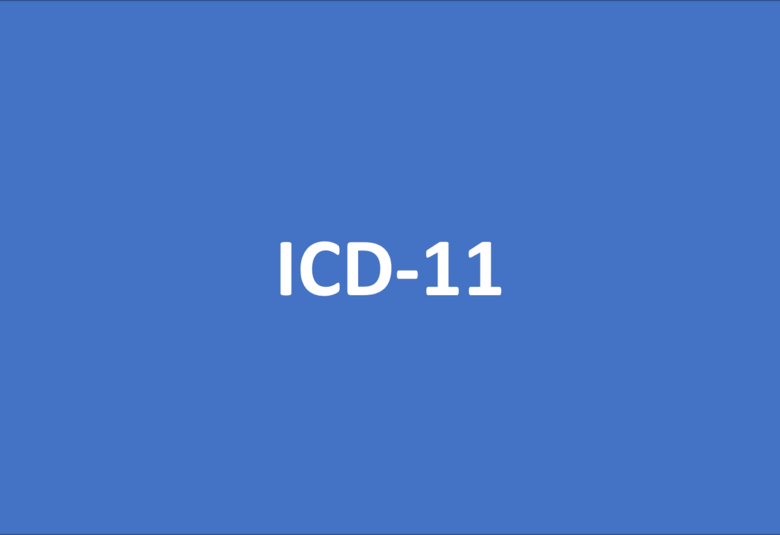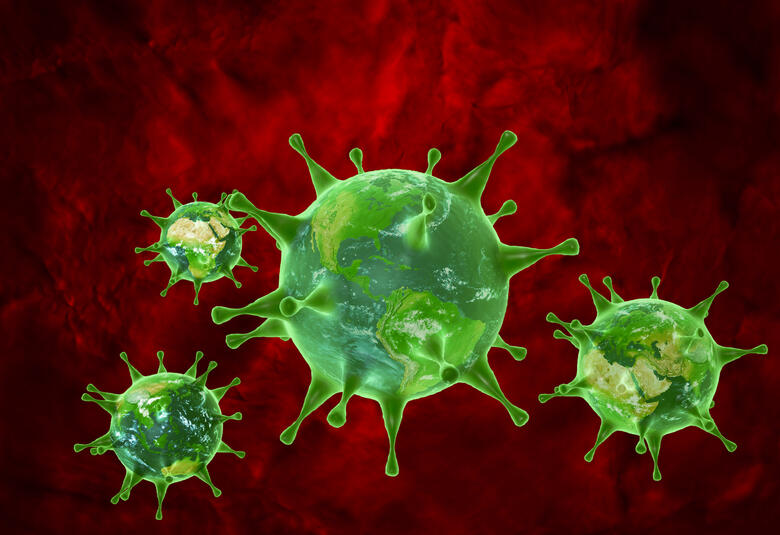In this session from the virtual Neurological Association of South Africa (NASA) congress, Dr Andrew Charles, MD, who is a neurology specialist from California, USA, discussed ‘Paradigm shifts in basic and clinical science of migraine’ and challenged several commonly accepted theories relating to migraine. He also looked at Calcitonin Gene-Related Peptide (CRGP) as a new era in migraine therapy.
Migraine is a common and disabling neurological disorder which ranks second only to back pain in the amount of time the patient spends being disabled. Dr Andrew Charles challenged several commonly accepted theories relating to migraine, the first being the vascular theory.
The vascular theory has long been accepted as the plausible explanation of migraine aetiology.
However, the dilation of blood vessels is neither necessary nor sufficient as a causative mechanism for the pain associated with migraine. This can be proven - when medications that induce significant cerebral vasodilation were given, they did not cause a migraine.
Secondly, the belief that a migraine begins in a single brain region is likely to be incorrect as evidence has shown that there are many brain regions which are involved in the different phases of a migraine attack. Evidence available from imaging shows activation and increased connectivity in the hypothalamus and the insula which supports the idea of migraine as a brain network disorder.
Thirdly, migraine is a trigeminal pain disorder. If this is true, then why do so many migraines begin with neck pain? Neck pain is a symptom which can occur before, during or after a migraine. Neck pain does not reflect cervical pathology.
When the migraine is treated, the neck pain should resolve.
Finally, central sensitization occurs in response to pain inputs. But if this is true, then why does sensory sensitivity occur before the headache?
Taking the above into account, could paradigm shifts also lead to new treatments for migraine?
Targeting Calcitonin Gene-Related Peptide (CGRP) is a new era in migraine therapy, as previously there were no specific preventive therapies for migraine. During a migraine attack, CGRP neurons in the brainstem are activated by a variety of environmental and physiological ‘danger’ signals (pain, hunger, overeating) and CGRP is released causing vasodilation and inflammation.
There are currently four anti-CGRP monoclonal antibodies (mABs) available which are effective in patients who have failed two previous therapies.
Which patients would these medications be suitable for? Patients over the age of eighteen, who have an inability to tolerate/an inadequate response to at least two other treatments for migraine and who fulfil the ICHD-3 diagnosis for migraine. The mABs work in both episodic and chronic migraine and are extremely well tolerated. The benefits of anti-CGRPs are multi-fold and include decreased disability, increased quality of life, decreased use of other acute medication and decreased healthcare utilization.
Our correspondent’s highlights from the symposium are meant as a fair representation of the scientific content presented. The views and opinions expressed on this page do not necessarily reflect those of Lundbeck.




